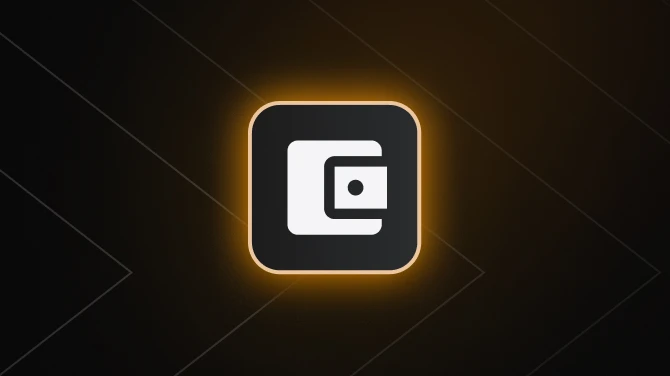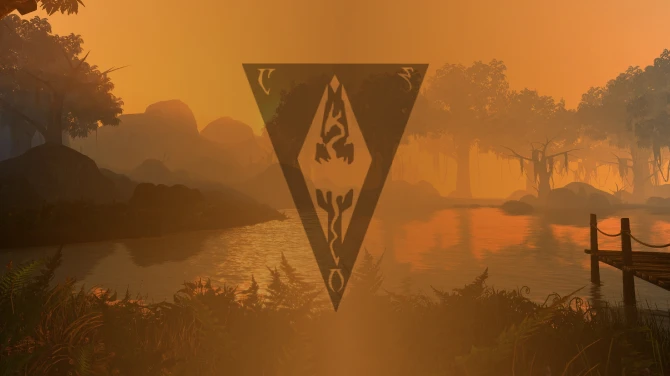Disclaimer One: This tutorial is intended for the creation of personal patches for fluffworks, if you want to upload anything you MUST FOLLOW all permission guidelines. Macxhiin was kind enough to allow us to upload patches, but a patch is essentially someone's texture combined with Macxiin's alpha channel, so please seek permissions, where required. As a side note, nexusmods regards a lack of any written usage guidelines as requiring permission for use, an example of this that I have run into is aviform's better bears. For more information please go here.
Disclaimer Two: This is only how to patch textures NOT meshes or ESPs
Disclaimer Three: I'm going to write this as beginner friendly as possible, so please forgive the pacing if some of this comes across as redundant.
Tools required:
Gimp: a free to use image manipulation program
Gimp DDS Plugin: allows gimp to open DDS files, extract dds.exe into the gimp plugins folder (C:\Program Files\GIMP 2\lib\gimp\2.0\plug-ins)
(Optional) Windows Texture viewer: So you can quick view DDS files by double clicking them
(Optional) Nividia texture tools exporter: (free membership required) This program allows you to recompress the textures so they can be opened in gimp. You only really need this program if you encounter other textures that can't be opened in gimp, as I have provided recompressed versions of the original shell textures as a resource in the misc. files section.
When using this program you may need to adjust your taskbar settings, as it doesn't overlay properly. To do this tick the 'automatically hide taskbar in desktop mode' setting (Windows 10)The base options to select when resaving a texture from the exporter program are: Format:BC3(for DXT5) or BC1( forDXT1) and Compression quality: highest
Additionally here is a tutorial how to get gimp set up and some basics about the program.
Lastly here is a video that may be a helpful visual reference to what I have written below, please note step 4 of the tutorial about merging and exporting is not in the video.
Patching begins:
00) If the texture you desire to patch is larger than the base shell texture you will need to reduce it before continuing. I don't recommend enlarging the textures in gimp, though some textures may look fine, most likely won't. Also any texture smaller than the original shell looks matted and not quite like fine strands of fur on the mesh, so I don't recommend using those either.
Image>Scale Image(2K=2048, 1K=1024)>Scale
(optionally)View>Zoom>Fit image in window
01) To start, load the texture you want to patch, as well as the matching fluffworks shell texture, into the same project or separate projects. When loading a box will appear, be sure to uncheck 'load mipmaps' (the other two checks are fine) as they will be regenerated later, you should only have to do this once per session.
Together: File>Open (shell), uncheck mipmaps, File>Open as layer (texture)
or
Separate: File>Open (shell), uncheck mipmaps, File>Open (texture)
02) Once files are both open (and resized if necessary) on both the texture and the shell add the transfer alpha layer mask, both textures in the sidebar should now have two images
Right click sidebar texture>Add layer mask> transfer layer alpha channel>add
Right click sidebar shell>Add layer mask> transfer layer alpha channel>add
03) Alt click the alpha (right sidebar image) of the shell texture (main image should turn black and white and sidebar image should be circled in green) then on the main image right click and hit copy. Alt click the shell alpha in the sidebar again to deselect it, then alt click the alpha of the texture you are patching, right click paste on the main image. Hit the green anchor to complete pasting the image, then alt click the texture alpha in the sidebar again to deselect.
Alt click shell alpha in the sidebar> Right click main image>Edit>Copy>Alt click shell alpha
Alt click texture alpha in the sidebar> Right click main image>Edit>Paste>Anchor>Alt click texture alpha
04) Once you have copied the alpha from the base shell to your texture, delete the shell layer (if present) and merge visible layers (leave setting of merge default) be sure no alpha layers are selected (highlighted in green) before you do this. Export the new image as (animal)_shell selecting dxt5 compression and generate mipmaps options.
(If present)Right click original shell layer in the sidebar>delete layer
Right click texture layer in the sidebar>Merge visible layers>Merge
File>Export as>Name it>BC3/DXT5>Generate mipmaps>Ok
Done!!
Tips and final thoughts:
You can do the same animal in batches once you copied the shell alpha you can paste it over and over with out needing to load the shell again in the same session. So you can patch a bunch of horse textures, for example, with the same copied alpha (assuming the textures are all the same size)
The only animals available currently are the: Fox, Dog, Wolf/Husky, Goat, Reindeer/Elk, Horse, Werewolf (in two parts head/body), Troll/Armored, Sabrecat, Bear, Skeever, and Cow
Again this tutorial is mainly for personal use, if you publish anything please follow all permission guidelines and provide credit where credit is due. Thank you, and have fun.
How to patch textures for Fluffworks
-
Total views1.7k








